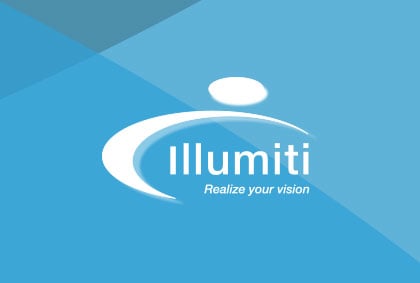When your manufacturing company chooses SAP S/4HANA, purchasing analytics is one of the most powerful tools the enterprise resource management (ERP) system puts at your disposal. SAP makes it easy to activate this essential resource, which provides instant access to critical purchasing-related data, keeps you up to speed with industry best practices, and can save the business time and money.
In the S/4HANA environment, as part of the procurement overview, SAP offers a purchasing analytics dashboard. This intuitive dashboard consists of a series of tiles that show the status of key performance indicators (KPIs), from purchasing spend to upcoming contract expiries to supplier evaluation, in real time. In other words, anytime you look at one of these tiles, you’re seeing live data. You can refresh that data whenever you wish and view it for the period of time selected.
Because procurement changes so quickly, S/4HANA helps your organization stay on top of KPIs by letting you set a visual alert threshold that flags outliers. Let’s say that the business can handle 50 purchase orders with ease, but things get more difficult at 75 and become a problem after that. You can set the number in the Overdue Purchase Order Items tile to stay green until 50, turn yellow between 51 and 75, and flash red starting at 76.
The SAP S/4HANA purchasing analytics dashboard.
Some manufacturing companies have no visibility into procurement KPIs because they don’t track them. Instead, they operate reactively by waiting for someone to notice that too many purchase orders are overdue or purchasing spend has reached capacity. Other organizations manage procurement data manually, compiling it into spreadsheets at month-end, but it can take days to get that information to the supervisors who need it. In some cases, the process is especially time-consuming because it involves assembling data from different systems.
With S/4HANA purchasing analytics, there’s no waiting for someone to send you a report. As a manager, when you look at your dashboard one morning, you might see five red tiles—a sign that it’s time for a deeper dive into each of those areas. If the Overdue Purchase Order Items tile is red, that could mean you’re stocking out and unable to provide raw materials to your line.
The purchasing analytics dashboard also alerts you to off-contract spend. If someone in the company buys a widget off-contract, and you already have a deal with that vendor, your staff member may just get off-the-shelf pricing. To make matters worse, they don’t know that you’ve already put a service-level agreement in play and negotiated how long shipping will take. Off-contract spend can affect manufacturing, operations, stockouts and overall spending for the quarter or the year.
On the purchasing spend side, besides contract leakage, the dashboard covers non-managed spend—anything not on a purchase order—and group activities. For example, how many purchase orders is the company creating per month, per buyer? S/4HANA also lets you evaluate vendors on criteria such as quantity, time, price and quality. In a competitive industry, this helps the company stay on budget, avoid manufacturing delays and meet delivery dates.
To gain access to the power of purchasing analytics, you need to implement S/4HANA and activate Fiori Tiles. S/4HANA will automatically populate the Fiori tiles, using data it has already gathered. But remember: if your organization is one of the many with a procurement system that’s interfacing to SAP, you must bring that information under the SAP umbrella so it can become part of the data set.
When it comes to purchasing analytics, stick to best practices. That means using the elements that SAP has already provided, such as requisitions and contracts, but also paying close attention to the KPIs that your new dashboard monitors right out of the box. Although it may be tempting to keep doing things the same way you always have, SAP developed its best practices by working with some 400,000 companies in 160 countries, so follow them to get the most out of purchasing analytics. From purchase order value to supplier quality, the dashboard will show exactly which KPIs you’re tracking—and which ones you aren’t.
Darren McGregor is a Solutions Architect at Illumiti, one of the leading SAP Partners in North America. Darren can be reached at DMcGregor@illumiti.com




